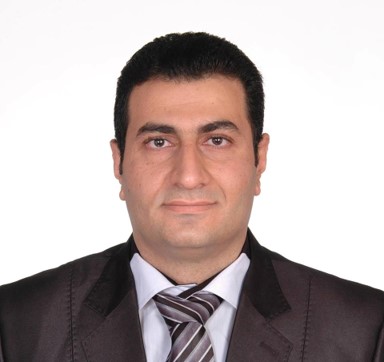Project Title: Dynamics of Violent Geysers in Stormsewer Systems and Novel Retrofitting Methods
Funding Agency: U.S. National Science Foundation
Period: January 2020 - December 2022
PI: Arturo S. Leon
Co-PI: Cheng-Xian Lin
Project Summary:
The intellectual merit of this research is to obtain, for the first time, a fundamental understanding of the two-phase flow physics that trigger geysering in stormsewer systems. Moreover, the two passive retrofitting methods for dropshafts proposed in this work aim to eliminate geysers by allowing the smooth release of air pockets to the environment without producing water spill at the top of the dropshaft (e.g., avoiding the depressurization of the dropshaft), which is the initial process of the chain of events that leads to geysering. Furthermore, the geyser module to be developed (e.g., reduced order model) will be implemented in an open-source software, which is intended for modeling flow dynamics in stormsewer systems. The resulting model will be used by engineers and practitioners in the design and retrofitting of stormsewer systems. Moreover, this work offers exciting opportunities to broaden the application of DPIV technique into new engineering fields. Lastly, the abundant data collected in the experiments will allow researchers to validate and calibrate numerical models intended for simulating violent geysers and new retrofitting methods to mitigate these events.












Sequential snapshots in the horizontal pipe of one of our geyser experiments








Sequential snapshots of geyser eruption in one of our experiments
A violent geyser in stormwater (SW) or combined sewer system (CSS) [known as a stormsewer system] consists of multiple consecutive eruptions of a mixture of gas and liquid that occurs at vertical shafts (dropshafts). The geyser eruptions may exceed 30 meters in height and they are known to be highly destructive. Geyser eruptions in stormsewer systems occur after intense rain events when portions of the system flow full causing air entrapment and their subsequent release. When geysers are experienced in a combined sewer system, the future operation of the system during rain events will be below design capacity to avoid the disruptions (e.g., street flooding) and lawsuits associated with these events. To date, it is not clear what are the trigger mechanisms that lead to violent geysers and, as a result, no effective retrofitting methods are available. Based on the first-ever laboratory-scale reproduction of violent geysers by the PIs, the proposed research seeks to advance our understanding of the mechanisms that lead to violent geysers in stormsewer systems by using an integrated high-speed optical imaging, digital particle image velocimetry (DPIV) and three-dimensional (3D) computational fluid dynamics (CFD) approach. Subsequently, at least two retrofitting methods will be tested that aim to allow the smooth release of air pockets to the environment without producing geysers. Through this project, basic knowledge of the relationship between the geyser eruption, system geometry and the initial flow conditions will be developed that will greatly benefit future design and retrofit of stormsewer systems. The main educational goal is to increase the participation of underrepresented students in undergraduate engineering programs. To this end, we will create hands-on activities on combined sewer overflows for science instruction in an existing outreach program, targeted primarily to underrepresented middle-school students.
Project Participants:
Current Research Outcomes:
This project started on January 01, 2020. The research outcomes of this project will be made available in this website. Please check the buttons below accordingly.
Previous Work:
Our research has produced violent geysers in a laboratory setting for the first time. The geysers produced consist of a few consecutive eruptions within a time frame of a few seconds with heights that may exceed 30 m. These characteristics resemble those geysers that occurred in actual stormwater and combined sewer systems. A YouTube video of one of our geyser flow experiments can be seen here. In addition to laboratory experiments, we are performing 3D numerical simulations of violent geysers using OpenFOAM. The numerical model was validated using our experimental results. Currently we are testing various retrofitting strategies in our Lab and using OpenFOAM.




Snapshots of maximum eruption heights for four of our geyser experiments




Snapshots of our numerical simulations produced with OpenFoam
Website visitors since January 30, 2020
COPYRIGHT, ARTURO S. LEON




